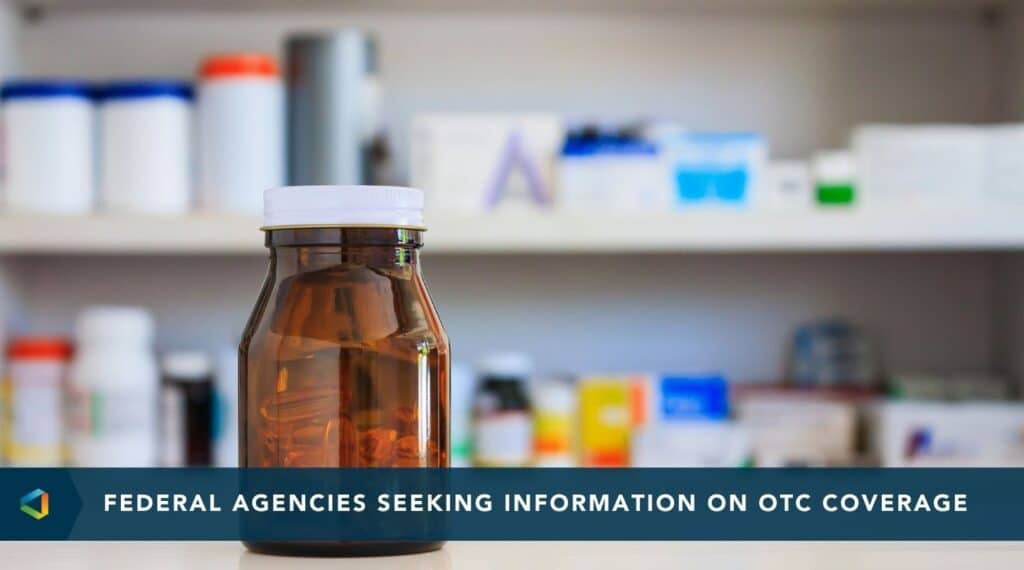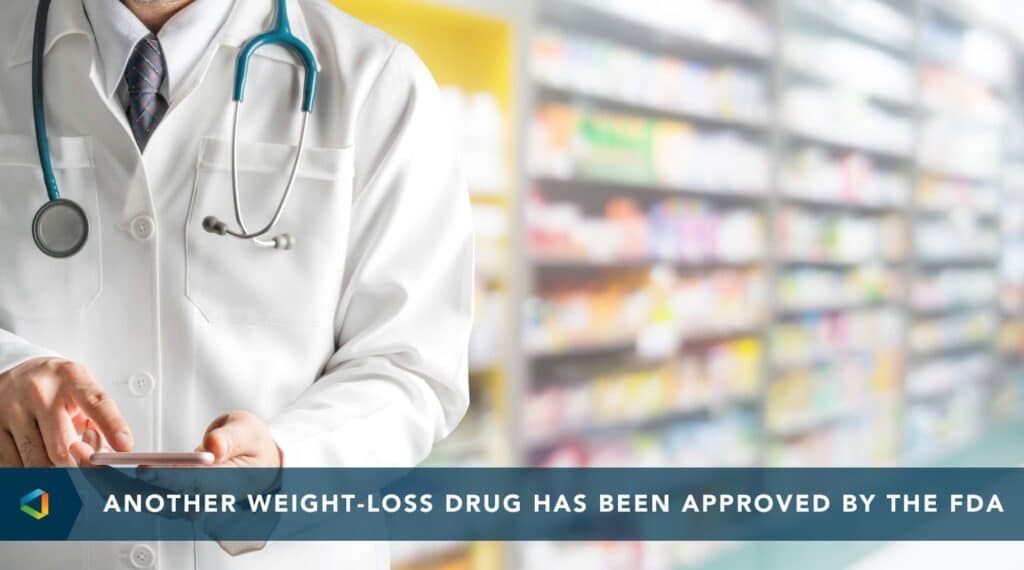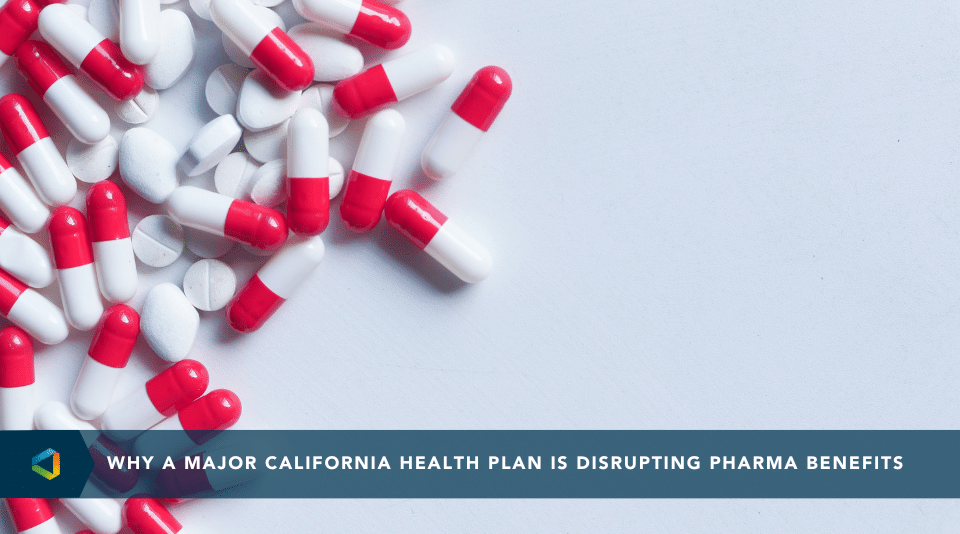Better Benefits, No Headaches
Frequently Asked Questions for Pharmacy Benefit Plans
Frequently Asked Questions for Pharmacy Benefit Plans
You asked. OneDigital answered.
The Coronavirus (COVID-19) pandemic is leaving employers and their employees with questions regarding the impact to their existing medications and potential coverage for new vaccines if developed. Reference these commonly asked questions to discover how the pandemic is impacting pharmacy benefit coverage.
-
How will pharmacy plans handle coverage if new or experimental vaccines and treatments for COVID-19 become available?
A: If a vaccine to treat and prevent COVID-19 is developed, it is likely that all pharmacy plans will honor it, similar to Influenza coverage with 100% coverage with medical and/or Rx. If a viral treatment were approved it would likely move into tiered coverage with a copay/cost share. Anti-viral treatments are exceptionally difficult to develop, so if there would be a chance of coverage, the vaccine would typically be the first to market as noted. Drug manufactures have trialed existing anti-viral medications, however, there is currently not enough data to support the validity of those medications. If one of the medications did work, it is expected that a quick shortage would take place, similar to what was experienced with Tamiflu, the drug used to treat the flu (influenza), in the past. Employers can access additional information on current and upcoming trials here.
-
In the face of this pandemic and the quarantines that are being enforced across the nation, are providers issuing exceptions on dispensing maintenance medications, such as providing longer term supplies?
A: Most Pharmacy Benefit Managers (PBMs) have lifted their refill edits so that members are able to obtain additional medication in either 30 or 90 day supplies. The quarantine timelines are currently no longer than that, eliminating the need for a six month or extreme stockpile. It is recommend that patients do not attempt to stockpile or panic, as that could cause strains on the system, similar to what is currently being experienced with bare grocery store shelves.
-
What could a halt in global drug manufacturing/distribution mean for U.S. healthcare cost/employers?
A: About 80% of the raw ingredients for medications start in China. Several areas that were impacted or initially shut down, have since re-opened. Most typical medications have 3-12 months of raw materials prepared in advance as a prevention, but there are some medications in short supply that could be impacted. U.S. supply chains always have medication shortages due to various issues, and the current systems are built to have back up plans in order to be able to deliver most medications. A list of current and resolved drug shortages and discontinuations reported to the FDA can be found here. Please note that this is always a lengthy list and many of these medications are injections and not your typical retail medications.
Reference the current headlines related to drug manufacturing supply chains:
- “India, the world’s main supplier of generic drugs, has restricted the export of 26 pharmaceutical ingredients and the medicines made from them, including paracetamol, as the coronavirus outbreak plays havoc with supply chains…” Full article here.
- “The FDA announced in late February that the pharmaceutical industry reported the first shortage of a drug due to the COVID-19 outbreak. The agency has been warning consumers that halted production from China could impact the medical supply chain, causing disruptions to the prescription drugs or cause shortages of critical medical products in the country…” Full article here.




